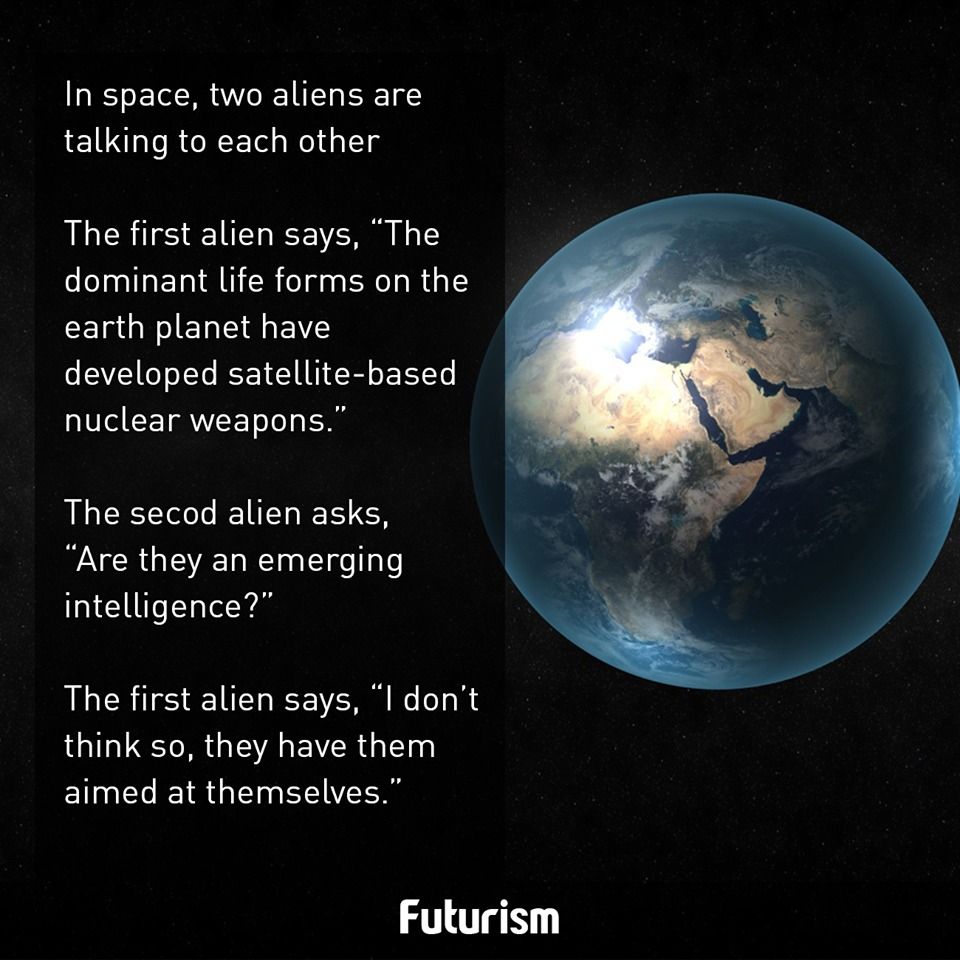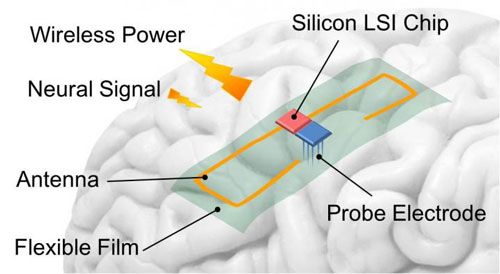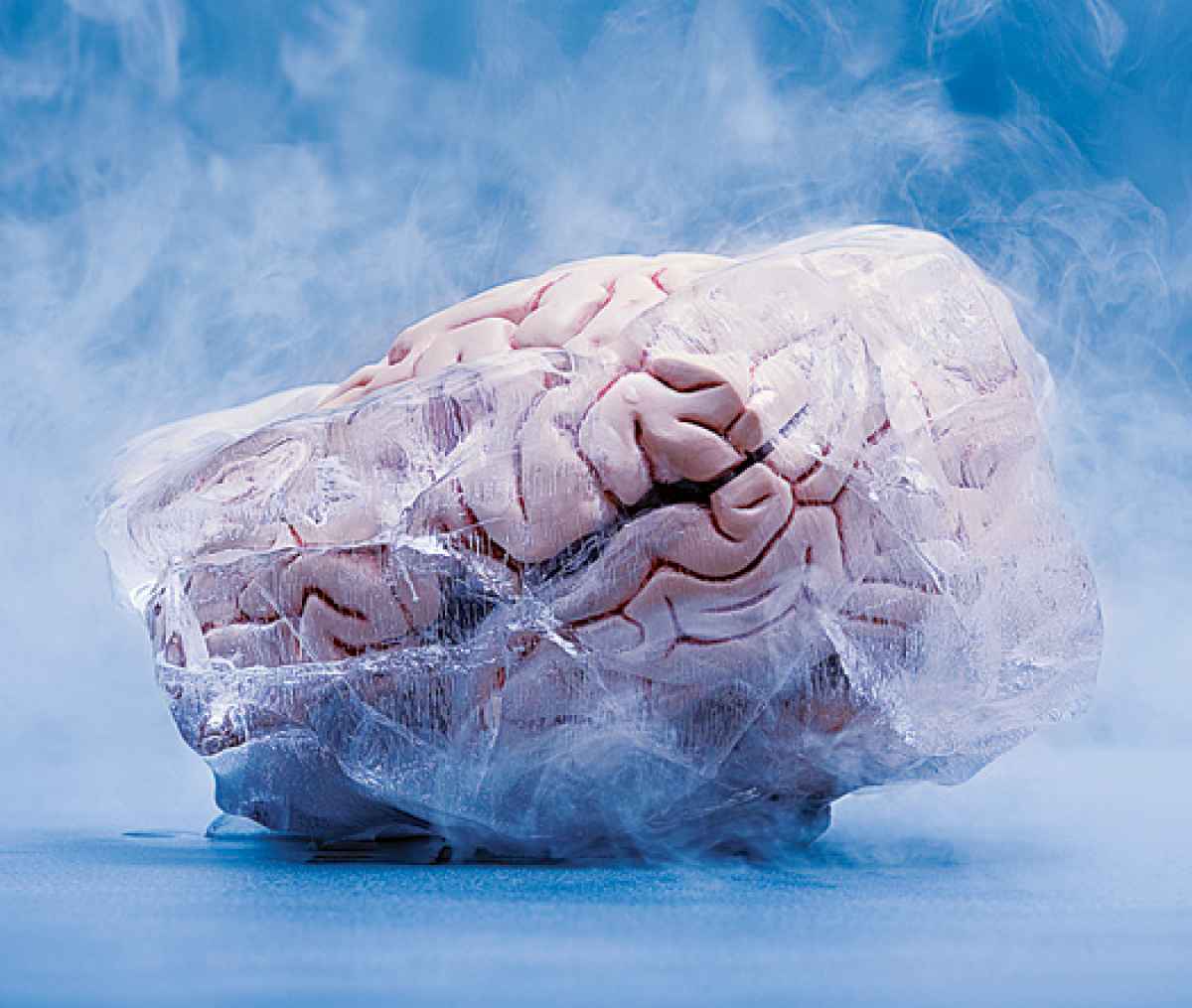Machine operating as machine yes; machine trying to operate like a human not even close.
Meanwhile, Ocado is continuing to carve out some cutting edge inventions that are set to transform the logistics and communications sectors. Ocado’s director of technology Paul Clarke gave us an inside look into the tech side of the business and hinted at what’s in store for the future.

OcadoOcado’s director of technology, Paul Clarke.
Business Insider: Ocado recently launched the wireless technology that fits into the wider Ocado Smart Platform [OSP: Ocado’s e-commerce fulfillment and logistics cloud platform.] It seems like a rather simple and efficient idea but how long does it take to bring a concept like this into reality?







